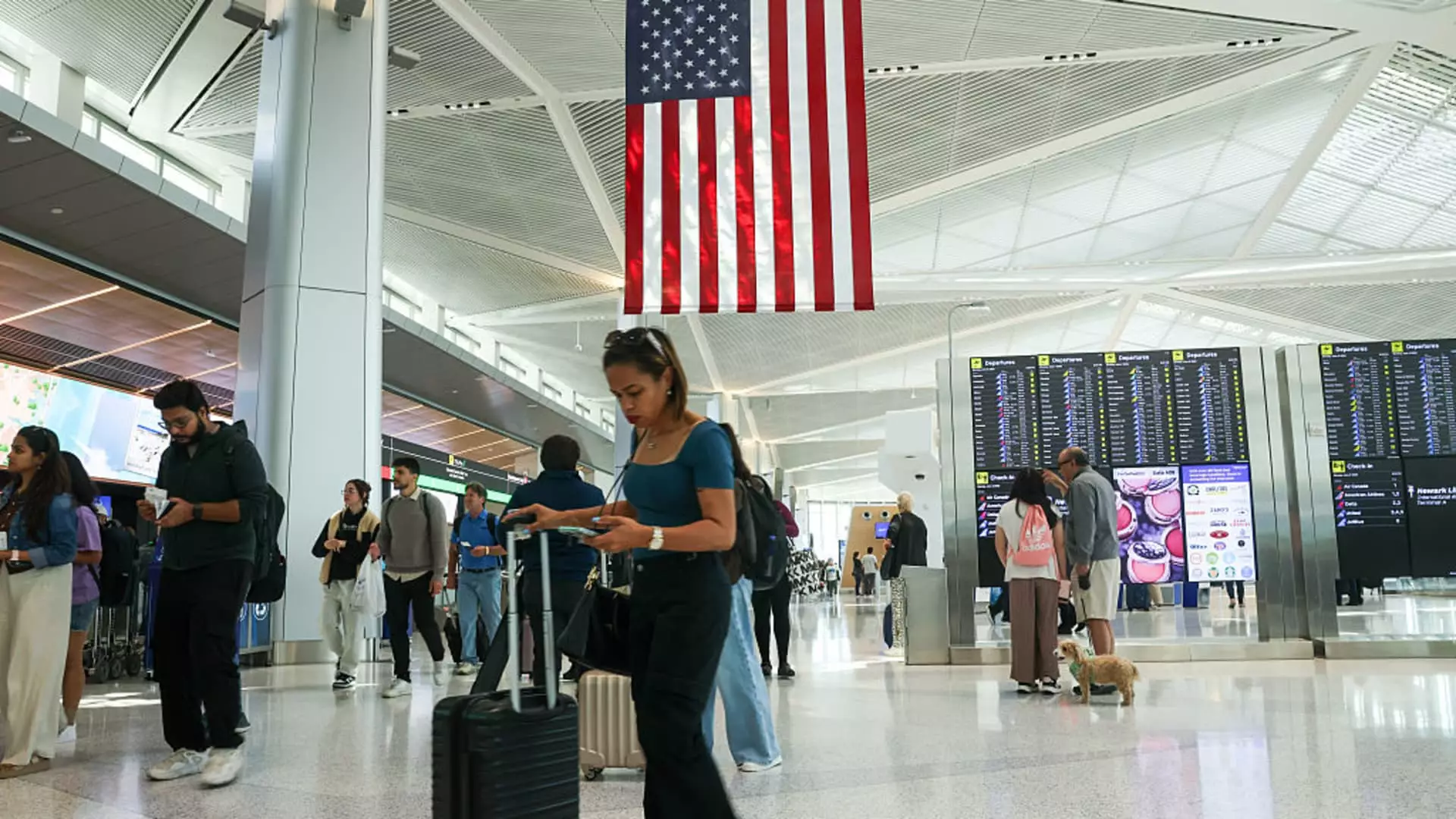As millions of Americans prepare for summer getaways, the travel industry appears to be caught in a deceptive lull. While headlines trumpet a surge in holiday travelers, the reality beneath the surface is far more complicated. Airlines, despite brimming about summer sales and lowering fares, are grappling with doubts about the coming months. The perception of robust demand is largely a mirage—temporary relief driven by discounted fares rather than genuine economic vitality. The average round-trip domestic airfare declining to its lowest since 2021 seems more like an exhausted attempt at noise management than an indicator of healthy growth. Such discounts serve as a band-aid for a sector that is fundamentally unsure about its future.
Economic Uncertainty Clouds the Horizon
The broader economic environment remains a formidable obstacle—the sort of uncertainty that keeps airline executives awake at night. Several industry giants, including Delta and American Airlines, have retracted their 2025 forecasts, a sign of how deeply murky the outlook is. Brexit-like tariffs, fluctuating trade policies, and a sluggish recovery from pandemic upheavals have sowed doubt in investor and consumer confidence alike. Consumers, the backbone of the airline industry’s profitability, are desperately holding back. Card spending data reveals a declining trend in air travel expenditure, reflecting growing hesitance rather than vacation planning enthusiasm. Rather than embarking on a vibrant recovery, the industry faces a sinking suspicion that demand is teetering on the edge of stagnation—if not decline.
The Short-term Relief, Long-term Pitfalls
Airlines are already strategizing for a turbulent future by trimming unprofitable routes and cutting capacity during seemingly less lucrative off-peak days. Such measures are necessary but also symptomatic of a deeper malaise—revenue streams are not replenishing as expected. What’s alarming is the stagnation during the period traditionally considered the industry’s second and third quarter earnings high-water mark. Airlines have historically leaned heavily on this period for profit, yet even now, they seem cautious rather than optimistic. TSA screenings, though high, lack the explosive growth needed to restart the confidence engine. The record numbers on June 22, while impressive, might merely reflect pent-up demand rather than a sustainable comeback. The question remains: how long can airlines sustain this fragile optimism before confronting the harsh realities of a sluggish market?
International Flights: A Mixed Dynamic
On the international front, the picture is equally mixed. While transatlantic trips have seen a revival—fares dropping to pre-pandemic levels—this doesn’t necessarily translate into a durable recovery. Cheaper fares, driven by excess capacity and waning travel restrictions, risk undermining the profitability of international routes. Notably, fares to Europe have dropped significantly, aligning with 2019 levels, yet this affordability might only exacerbate the overcapacity problem that airlines are desperately trying to manage. Furthermore, flights to Asia remain relatively inexpensive but are vulnerable to geopolitical tensions, residual travel hesitations, and potentially new regulatory hurdles. International markets have long been a key pillar, but their current state suggests they are more a symptom of the era’s chaos than a sign of sustainable growth.
The Balancing Act—Survival or Stagnation?
The overarching question is whether the airline industry can find a path to stability or if it is doomed to continued turbulence. Airlines are caught between the necessity to cut capacity and the rising pressure to maintain service levels amid a constrained demand environment. The short-term relief of lower fares masks a potentially deeper crisis—failing consumer confidence, economic headwinds, and unsteady global markets threaten to spoil the industry’s recovery plans. If airlines are to thrive beyond these temporary measures, they must adapt to a new normal where demand landscapes are unpredictable and profitability is harder to secure. In this volatile climate, survival might depend less on fighting for growth and more on strategic resilience.



Leave a Reply